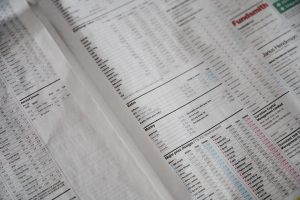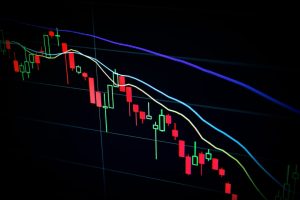Forex trading, also known as foreign exchange trading, involves the buying and selling of currencies in the global market. Traders use forex charts to analyze the market and make informed decisions about when to enter or exit trades. But who exactly sets these forex charts? In this article, we will explore the various entities that are involved in creating and setting forex charts.
Forex charts are essentially graphical representations of the exchange rate between two currencies over a specific period of time. These charts are created by aggregating data from various sources, including banks, brokers, and other financial institutions. The data is then compiled and displayed in a visual format that allows traders to analyze market trends and patterns.
One of the primary entities responsible for setting forex charts is the interbank market. This is a network of banks and financial institutions that trade currencies with each other. These institutions use their own trading platforms to buy and sell currencies, and the prices they offer are based on a number of factors, including supply and demand, economic indicators, and geopolitical events.
The interbank market is also responsible for setting the bid and ask prices that appear on forex charts. The bid price is the price at which a buyer is willing to purchase a currency, while the ask price is the price at which a seller is willing to sell. The difference between the bid and ask prices is known as the spread, and this is how brokers make their money.
Another entity that plays a role in setting forex charts is the central bank. Central banks are responsible for setting monetary policy in their respective countries, and they have the power to influence the value of their currency through a variety of measures, including interest rate changes and open market operations.
When a central bank makes a policy announcement or takes action to influence the value of its currency, this can have a significant impact on forex charts. Traders will often look to central bank announcements and economic indicators as a way to gauge the future direction of the market.
In addition to the interbank market and central banks, there are also a number of other entities that contribute to setting forex charts. These include:
– Retail forex brokers: These are the brokers that individual traders use to access the forex market. Retail brokers typically offer their own trading platforms and pricing, which may differ from the interbank market.
– Data providers: Companies such as Bloomberg and Reuters provide real-time data feeds to traders that include exchange rates, news, and economic indicators.
– Trading platforms: Trading platforms such as MetaTrader and cTrader are used by traders to access the forex market and execute trades. These platforms often offer their own charts and analysis tools.
– Technical analysis tools: Traders use a variety of technical analysis tools, such as moving averages and trend lines, to analyze forex charts and identify potential trading opportunities.
In conclusion, forex charts are set by a variety of entities, including the interbank market, central banks, retail forex brokers, data providers, trading platforms, and technical analysis tools. Traders use these charts to make informed decisions about when to enter or exit trades, and they rely on a variety of factors, including economic indicators, geopolitical events, and market trends, to guide their decisions. Understanding the entities that set forex charts is an important part of becoming a successful forex trader.






